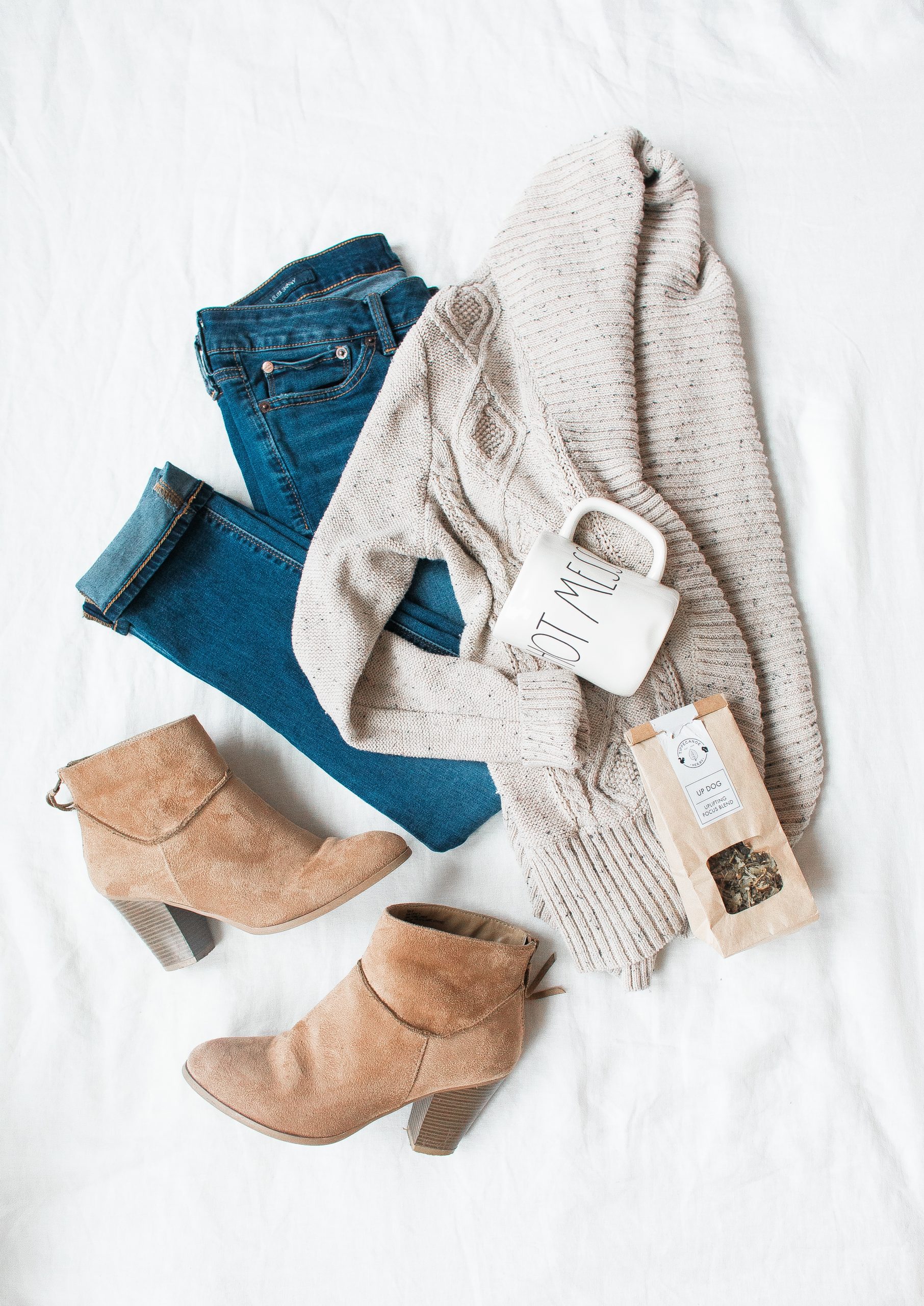 Last Spring the internet blew up after Balenciaga released a $2,1245 bag that looked eerily similar to Ikea’s iconic blue bag (99¢). It seemed like everyone had something to say about the luxury brand taking over something so quintessentially lowbrow. However, the blending of low and high fashion has been on the rise over the past few years with companies like Moschino debuting a runway inspired by McDonald’s, Louis Vuitton producing their own version of the classic Chinatown shopping bag, and more. As streetwear rises up from Instagram and reaches the runway, it is getting harder and harder to tell a luxury brand from a streetwear brand.
Last Spring the internet blew up after Balenciaga released a $2,1245 bag that looked eerily similar to Ikea’s iconic blue bag (99¢). It seemed like everyone had something to say about the luxury brand taking over something so quintessentially lowbrow. However, the blending of low and high fashion has been on the rise over the past few years with companies like Moschino debuting a runway inspired by McDonald’s, Louis Vuitton producing their own version of the classic Chinatown shopping bag, and more. As streetwear rises up from Instagram and reaches the runway, it is getting harder and harder to tell a luxury brand from a streetwear brand.
As digital natives begin to take over more and more of the consumer market, nothing has become so paramount to fashion brands as figuring out what they want. With the growth of social media, it is clear that irony, snark, and a certain graphic-ness is necessary for success—and no style captures those areas as well as streetwear. The traditional, high-gloss, status-defining nature of companies like Louis Vuitton, Dior, and Balenciaga has had to shift into something edgier and newer. Thus, we seem to be entering a new era where the lines between what belongs on the streets and what on the runway blur heavily.
After Balenciaga, Gucci’s Alessandro Michele may have been one of the first to capitalize on the power of streetwear sites like Highsnobiety by partnering with them to create a shoppable lookbook for Gucci’s graffiti-inspired 2017 Cruise collection. So, what once was viewed as a niche site catering to a subculture of fashion has now risen to working alongside the biggest and oldest names in fashion, and this shift has happened over the entire fashion world. Louis Vuitton recently appointed Virgil Abloh, the founder of Off-White™, an Italian streetwear label, to be their new artistic director of their menswear division. The Parisian brand also had one of the most hyped drops of 2017 after collabing with Supreme.
The bringing in of low and high culture not only creates a market that reaches out to the younger generations, but also allows companies like Balenciaga to sell sweatshirts for more than $900 as well as make headlines over $1000 shoes that look like what your dad would wear in the 80’s. However, the trickling up of low-fashion goes even further than inspiration. Saint Laurent faced serious backlash after debuting a $3,490 lipstick dress (right) that looked almost identical to a $23 Forever 21 dress (left). Thus, as they take inspiration  from lower, more affordable designers, luxury brands are expecting consumers to pay much higher prices under the gauze of name-brand and higher production standards. While “the higher the price, the higher the quality” is mostly a myth, many customers are still inclined to believe it. These luxury brands take inspiration from working-class, college-age trends, recreate them, and sell them for much more profit.
from lower, more affordable designers, luxury brands are expecting consumers to pay much higher prices under the gauze of name-brand and higher production standards. While “the higher the price, the higher the quality” is mostly a myth, many customers are still inclined to believe it. These luxury brands take inspiration from working-class, college-age trends, recreate them, and sell them for much more profit.
While this isn’t a new practice—trickle-up fashion lead to Marc Jacobs’ attempt to take over grunge at Perry Ellis—luxury’s incorporation of streetwear has been met with mostly success. And although it is nice to see something exciting and relevant to the younger population walk the runways, one can only wonder how many collabs we can see until we get tired of watching luxury brands try to rise streetwear above where we can reach.
Read more Fashion articles at Cliché Magazine
High Fashion’s Coup of “Low Fashion”; Image credits: @balenciaga on Instagram; @hypebae on Instagram; Stylecaster on GettyImages



